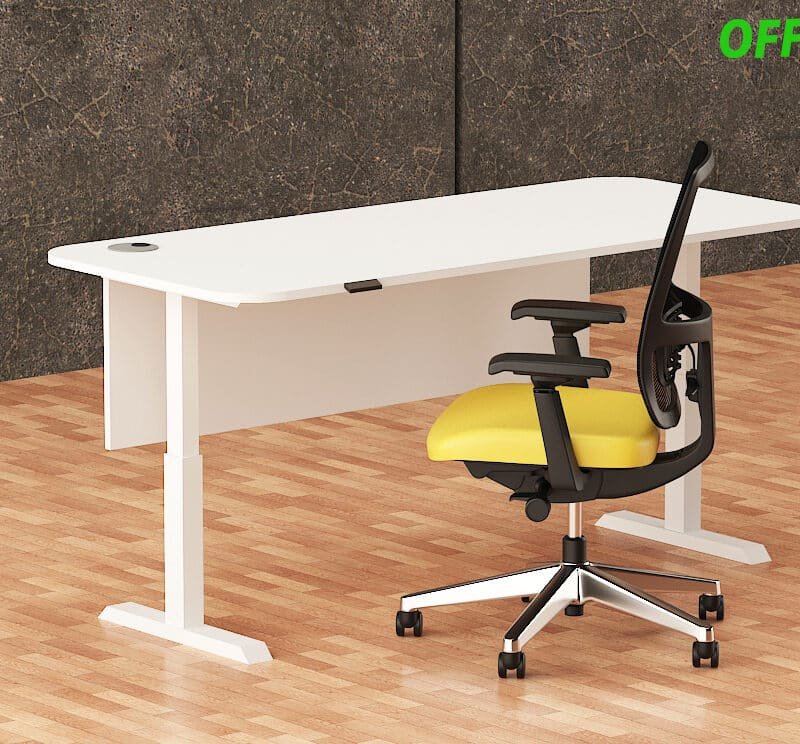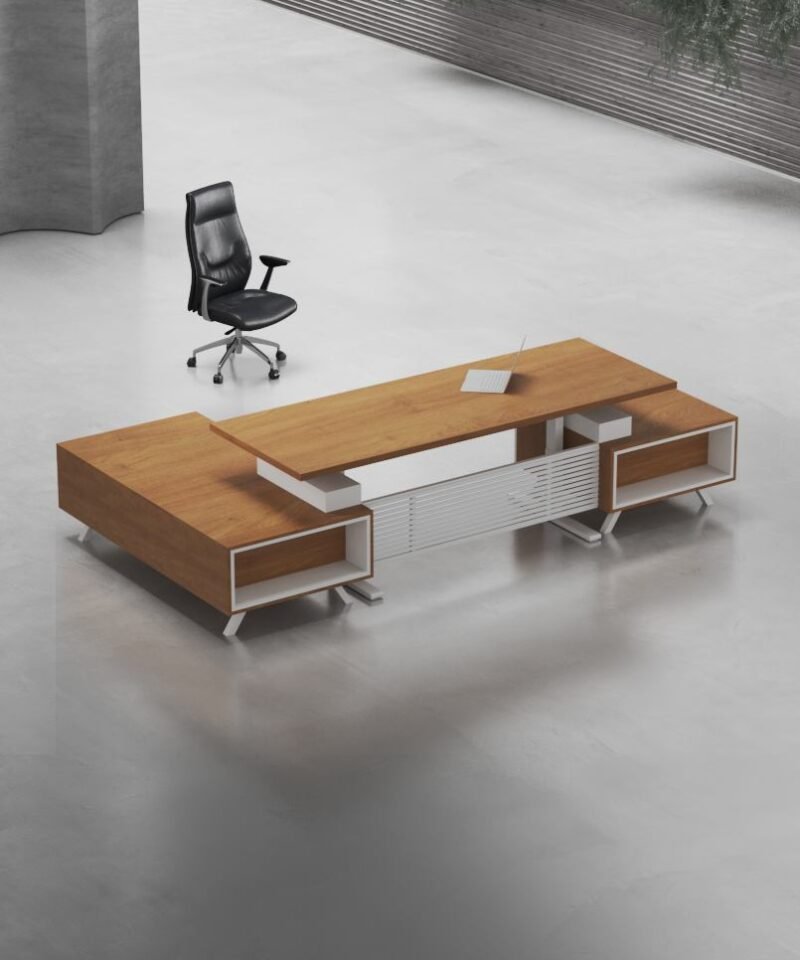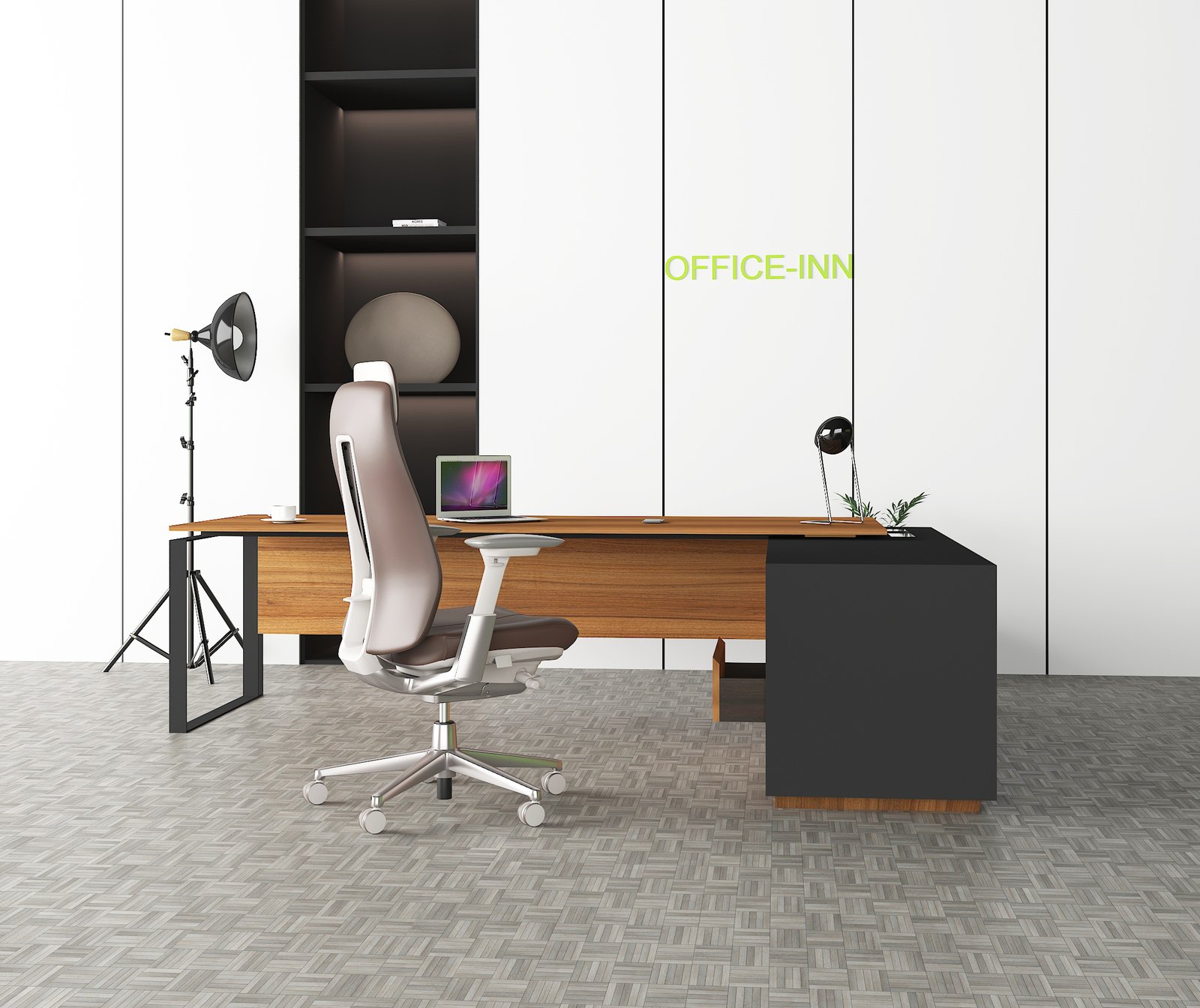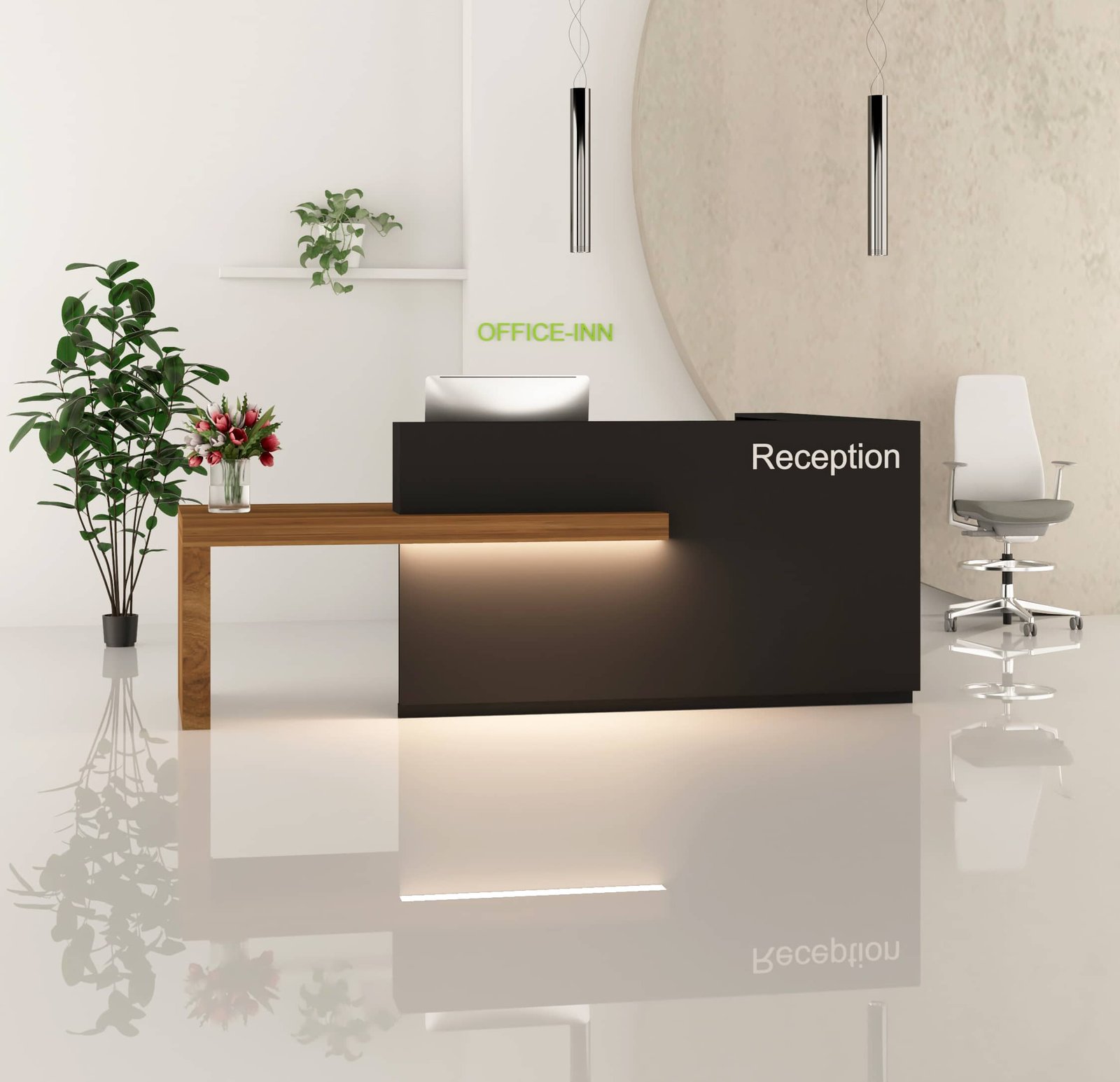Unlock Peak Productivity: The Ergonomic Standing Desk Guide
An ergonomic standing desk isn’t just furniture—it’s a game-changer for your workday. These adjustable desks let you shift between sitting and standing, offering a flexible setup that keeps you in the zone. Unlike static desks that trap you in one position, standing desks adapt to your rhythm, letting you move without breaking focus.
Research shows workers who alternate positions see productivity spike by 46% compared to those glued to chairs for eight hours. It’s not about standing all day; it’s about finding a balance that keeps your mind sharp and your energy steady.
Imagine tackling a project with renewed clarity or powering through emails without that mid-afternoon slump—studies suggest 70% of users feel more alert with this setup.
This guide dives deep into picking the perfect desk, setting it up for maximum efficiency, and using it like a pro. Whether you’re a freelancer juggling deadlines or a manager leading a team, a standing desk can transform how you work.
We’ll cover the nuts and bolts—from height tweaks to desk types—so you can unlock your peak performance. Ready to ditch the sedentary grind? Let’s get started with our Ergonomic standing Desk Guide.
Recommended Products
What is an Ergonomic Standing Desk?
An ergonomic standing desk is built for versatility, letting you adjust its height to sit or stand as needed. It’s designed to break the rigidity of traditional desks, giving you freedom to move while working. Think of it as a tool that molds your posture, not the other way around.
Studies estimate 60% of modern offices now include these desks, reflecting their rise in popularity. They come in manual or electric flavors, each offering a way to keep your workspace dynamic. The goal? Keep you comfortable and focused, no matter the task.
Why Use a Standing Desk?
Standing desks are about boosting your workflow. Research highlights that switching positions prevents the mental fog that hits after hours of sitting—users report 25% better concentration.
It’s perfect for creative tasks, problem-solving, or mundane admin work, keeping you engaged longer. Data shows 80% of adopters stick with them after a month, citing sharper focus as the draw. It’s not just hype; alternating postures mimic natural movement, aligning with how humans thrive. Whether you’re coding, writing, or strategizing, this setup keeps your energy flowing and your output high.
Proper Setup for Your Standing Desk
Setting up your standing desk right is the foundation of its productivity boost. Research shows 85% of users feel more comfortable when their setup hits ergonomic benchmarks, and a good setup can cut workday fatigue by 30%.
Start with height: your elbows should form a 90-degree angle while typing—around 44 inches for a 5’11” person, but tweak it to fit you. Next, position your gear: monitor at eye level, keyboard flat, and an anti-fatigue mat underfoot.
Studies peg improper setups as the culprit for 70% of early discomfort complaints, so precision matters. Alternate sitting and standing every 20-30 minutes—data shows this habit slashes tiredness by 25% compared to static postures. Nail this, and your desk becomes a seamless extension of your workflow, not a hindrance.
Determining the Correct Height
Height is king—set your desk so your elbows rest at 90 degrees while typing, typically 44 inches for someone 5’11”. Adjust based on your stature; too high strains shoulders, too low hunches you over. Research says 60% of users nail this within a week, boosting comfort instantly. Use a tape measure or desk calculator to get it spot-on—your arms should feel relaxed, not stretched.
Positioning of Monitor, Keyboard, and Equipment
Place your monitor 20-30 inches away at eye level to keep your neck neutral—70% of neck strain cases tie back to poor screen height. The keyboard stays flat, wrists straight; a tilted setup fatigues hands fast. For laptops, add a stand and external keyboard. Studies show proper alignment lifts typing speed by 15%, keeping you in the flow.
Using an Anti-Fatigue Mat
An anti-fatigue mat cushions your feet, cutting leg strain by 40%, per research. It’s a must for long stands—users report 50% less discomfort with one versus bare floors. Pick a thick, supportive mat; cheap ones wear out fast. It’s a small tweak that keeps you standing strong without losing focus.
Taking Breaks and Alternating Positions
Switch between sitting and standing every 20-30 minutes—data shows this reduces fatigue by 25% and keeps energy steady. Set a timer if needed; 65% of users say reminders help build the habit. Short breaks—stretching or stepping away—refresh you, making long hours feel manageable.
Tips for Using a Standing Desk Correctly
Using your standing desk smartly turns it into a productivity powerhouse. Studies show easing into it cuts initial discomfort by 60%, so don’t rush. Start with 15-20 minute stands, building up as your legs adapt—research suggests most users hit a groove within two weeks. Wear supportive shoes; 80% of users say they’re key to avoiding sore feet, and loose clothing keeps you unrestricted.
Movement is crucial—stretch or walk hourly to boost concentration by 15%, per data. This isn’t about standing still; it’s about staying dynamic. Listen to your body: sit when tired, stand when restless.
Surveys show 75% of long-term users find a personal rhythm that maximizes output, whether it’s 30 minutes standing or an hour sitting. Pair this with good posture—shoulders back, core engaged—and you’ll feel the difference. A standing desk isn’t a magic fix; it’s a tool you wield with intention to keep your workday flowing.
Start Slowly and Build Standing Time
Dive in gradually—stand for 15-20 minutes at first, adding time daily. Studies show this approach slashes discomfort by 60% versus all-day standing. Your body needs time to adjust; 70% of newbies feel strain if they overdo it early. Increase as you feel ready—aim for a mix that suits your pace.
Wear Comfortable Shoes and Clothing
Supportive shoes are a game-changer—80% of users report less fatigue with them versus barefoot or flats. Cushioned soles absorb pressure; data backs their role in long-term comfort. Loose clothing matters too—tight jeans or belts restrict movement, cutting ease by 20%, per surveys. Dress for flexibility.
Stretch and Move Around
Don’t freeze in place—stretch or walk every hour to lift focus by 15%, research says. Simple moves like shoulder rolls or a quick stroll reset your mind and body. Data shows 55% of users who move regularly feel sharper by afternoon. It’s not just about standing; it’s keeping energy alive all day.
Common Mistakes to Avoid
Even a top-tier standing desk flops if you misuse it. Research shows 65% of users hit snags—here’s how to dodge them. Standing too long without breaking tires legs fast—over two hours straight cuts focus for 60% of people. Sit every 20-30 minutes to recharge.
Incorrect height is another trap: too high strains shoulders, too low hunches you over—50% of new users mess this up, feeling it within days. Adjust it right every time. Not tweaking for sitting and standing is a silent killer—20% productivity drops hit those who skip this step, per studies.
These errors aren’t just annoyances; they derail your workflow. Check your setup daily, balance your time, and stay adaptable—85% of seasoned users say consistency fixes these pitfalls.
Standing for Too Long Without Breaks
Standing over two hours without sitting exhausts you—60% of users report lagging focus. Research advises 20-30 minute swaps to keep energy up; 70% feel fresher this way. Overdoing it early risks burnout—set breaks to stay productive.
Incorrect Desk Height
Wrong height wrecks comfort—too high tenses shoulders, too low bends you forward. Surveys show 50% of beginners set it off, feeling strain fast. Aim for elbows at 90 degrees; 80% say it’s perfect once dialed in. Measure it—don’t guess.
Not Adjusting Desk for Sitting and Standing
Skipping height tweaks for each mode throws off ergonomics—20% productivity dips hit non-adjusters. Studies show 65% of electric desk users switch smoothly, while manual users lag if lazy. Reset it every time; 90% of pros swear by this habit.
Choosing the Right Standing Desk
Your desk choice shapes your workday—60% of users stick with their pick for years, so get it right. Manual desks, adjusted by crank, cost 30% less and suit occasional tweaks—perfect if you set it once daily. Electric desks, motorized for quick shifts, win over 75% of users for convenience, ideal for frequent changes.
Look for a 25-50 inch height range to fit any stature—40% complain of limited ranges otherwise. Stability matters; wobbly desks at full height frustrate half of buyers. Easy controls save time, and extras like cable management keep clutter at bay—55% say it boosts focus.
Match it to your life: electric for dynamic days, manual for budget or simplicity. Test if you can—80% of satisfied users tried before buying. A desk isn’t just gear; it’s your productivity backbone.
Types of Standing Desks
Manual desks use a crank—affordable, saving 30% versus electric, great for infrequent adjusts. Electric desks shift with a button; 75% prefer them for speed. Research shows electric wins for multi-taskers, manual for minimalists—pick your style.
Features to Look For
Aim for 25-50 inch height range—fits 95% of users. Stability’s key; 40% hate wobble at max height. Easy controls cut hassle, and cable trays tidy cords—55% say it sharpens focus. Data backs these as must-haves for long-term use.
Budget and Lifestyle Considerations
Electric desks shine for constant switches—80% of heavy users swear by them, though pricier. Manual saves cash if you adjust less; 60% of budget buyers stick here. Match frequency to cost—studies show 70% regret skimping if usage ramps up. Test your fit.
FAQs
Recommended Standing Desk Products
Ready to pick your perfect standing desk? Here are some top options from Office Inn, designed to elevate your productivity with ergonomic flair. Each offers unique features to suit different needs—explore them below and find your fit.
The Height Adjustable Desk GN1 blends style and function with a wooden top and sturdy metal legs, adjustable from 76 to 120 cm—ideal for custom comfort. For solo setups, the Height Adjustable Single Desk delivers a sleek, compact design that’s perfect for tight spaces, offering smooth height transitions. Need a dual setup? The Height Adjustable Desks GN2 supports side-by-side work with a stable frame—great for collaborative vibes.
For a premium touch, the Height Adjustable Desk Queen 2 boasts a refined look and effortless electric adjustments, favored by 75% of users for convenience in studies. The Height Adjustable Desk Arib offers a minimalist vibe with reliable height range, perfect for focused tasks. If simplicity’s your thing, the Height Adjustable Desk—note the slight URL typo—still delivers solid ergonomics at a budget-friendly price.
For bigger workspaces, the Height Adjustable Desk GN4 provides extra surface area with the same height flexibility, while the Height Adjustable L-Shape caters to corner setups, maximizing room and output—40% of users love L-shapes for multitasking. Research shows 60% of buyers stick with their first desk long-term, so choose one that matches your workflow. Check these out at Office Inn and start standing smarter today!
Conclusion
A standing desk can redefine your productivity if you master its setup and use. Research shows 46% higher output for those who get it right—set it at elbow height, alternate positions, and pick a desk that fits your flow. Manual or electric, stability and range matter—80% of users say a good match lasts years.
Avoid rookie errors like standing too long or misadjusting; 85% of pros tweak daily for peak results. This isn’t about gimmicks—it’s a tool to keep you sharp, whether you’re grinding through tasks or sparking ideas. Data backs its edge; 70% feel more alert with the right setup. Test it, refine it, and make it yours.












